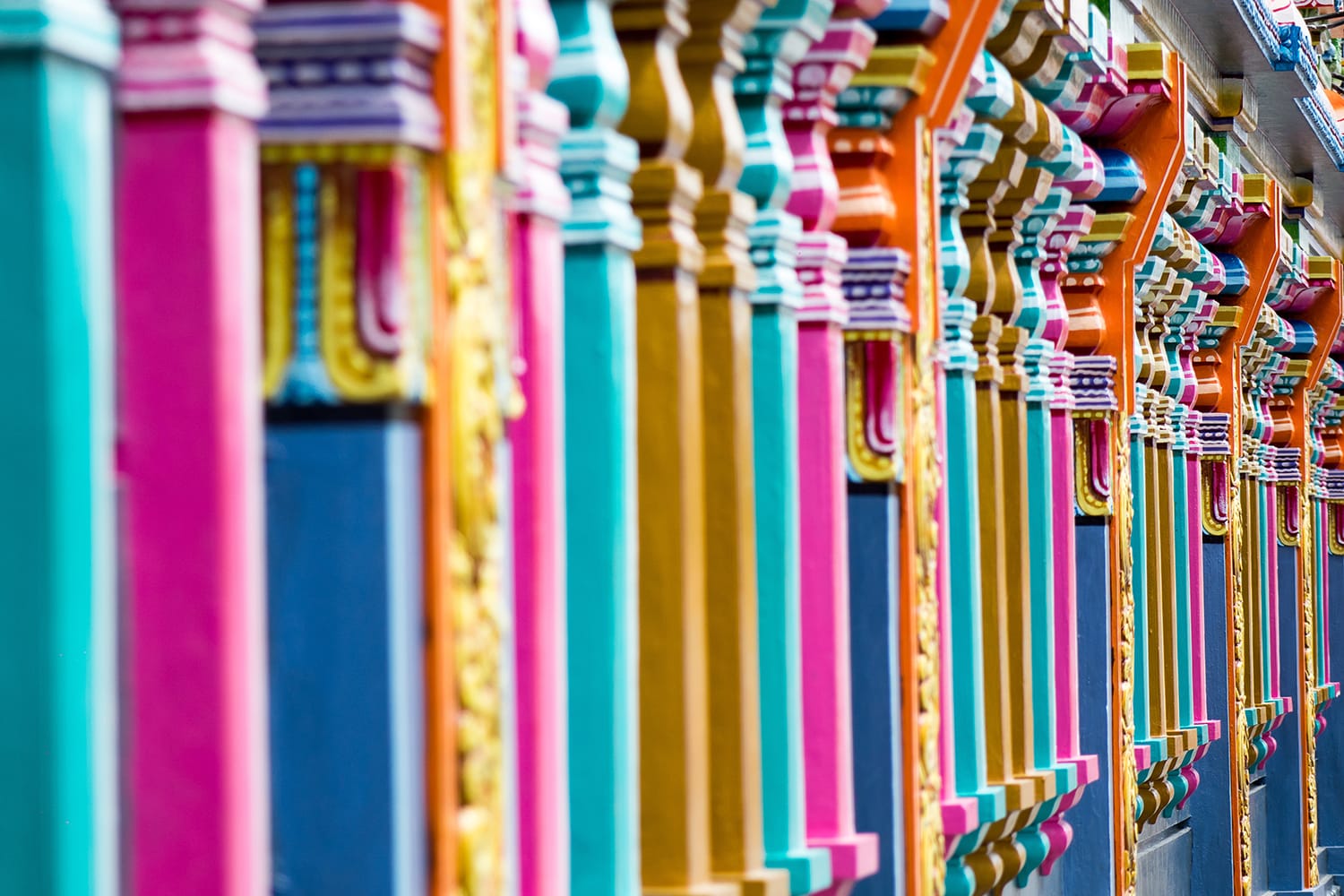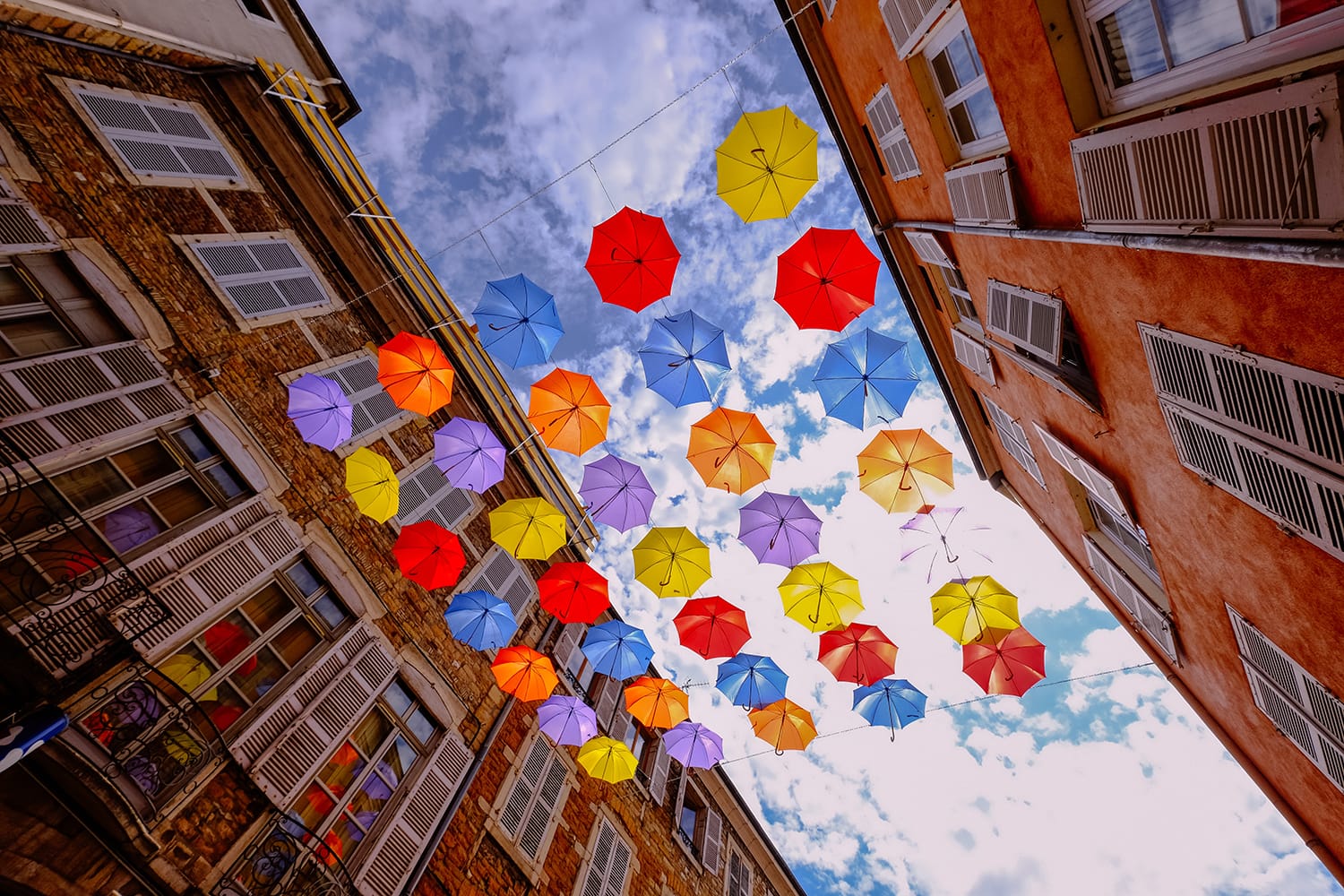How to Add More Color to Your Images
The concept of color is fascinating. It’s something that can invoke an array of emotions, and impact our moods, thoughts, and overall perspectives.
In photography, colors that feature in an image can influence our thoughts about the image, even if it’s on a subconscious level. From bold, bright colors of sunsets or colorful flowers, to the vibrant green fields contrasted with a deep blue sky, color can make or break an image. The right use of color in your photograph can add a unique and interesting dynamic to your photos that just can’t be achieved in any other way!

Using color in your photography is something that can dramatically change your images. If you’ve been looking for ideas on capturing amazing, bright photos, here’s a look at a few tips for using colors in your photography.
Understanding Color
Understanding how color works is important to obtaining the right colors and hues for your image. Different colors tend to evoke different emotions and different combinations say different things about your image. By taking a few minutes to understand how and why color works, you can better grasp what colors to include in your images.
Let’s look at a bit of color theory now:
-
Analogous Colors
Analogous colors are the shades that sit next to each other on the color wheel – like green and yellow. Including these colors in your composition can result in a visually pleasing image.
-
Contrasting Colors
Bold and powerful colors result in powerful, eye-catching images. Fortunately, they are easy to spot as well! To get the most from your contrasting colors, simply take a look at the color wheel. The two colors on opposite sides of the spectrum tend to make the most powerful combinations. For instance, red and green or orange and purple can make for some strong, contrasting colors. The stronger the combination, the more dramatic your image will be.
-
Quadratic Colors
A quadratic color scheme is a combination of two contrasting or complementary color combinations on the color wheel. This grouping can also be called a double complementary scheme, and can often be found in nature.
Of course, there are many other color combinations that work well together, what matters most isn’t memorizing the names of different color combinations, but developing an eye for what works well together.
When it comes to using color in your photographs, it’s important to keep in mind that color can create an emotional response as well. Certain colors can make your viewer feel a certain way about your image. Hues that are on the warm spectrum – such as red, orange, and yellow – can convey a sense of energy, while cooler shades tend to evoke a sense of calm. When pairing colors, saturation matters as well. Keep in mind that the eye will naturally be drawn to brighter shades, or colors that are more saturated.
Now, let’s look at some tips for creating images that are bursting with color.

Creating Bold and Colorful Images
1. Look for Bold, Bright Colors
Sometimes, you may be able to influence the level of color in your images. While this is more difficult to do with say, landscape photography, when capturing portraits or macro images, you’ll have a lot more influence on the colors that appear in a scene. While color is important year-round, summer is the season where it really has a chance to shine!
Bold, brilliant flowers, colorful outfits, vibrant pool or beach toys, birds, butterflies, and more can all make for great, colorful images. The first step to incorporating more color into your images, is simply being aware of the impact that bright, bold colors can have on your compositions, and looking out for opportunities to capture these vibrant shots.

2. Look for Bold Backgrounds
You’ll also want to keep your eye open for colorful backgrounds to incorporate into your images. Consider a colorful wall or a field of flowers for portraits or a bright green leaf for macro images. Even the deep blue sky can make a beautiful, colorful background.

3. Create Your Own Colorful Compositions
Can’t find anything exciting to photograph? Consider creating your own colorful scenes. There are dozens of exciting ways to create bold and colorful images, from arranging colorful fruit into a still life scene, to creating an abstract painting and photographing the results up close. Other ideas include high-speed splash photography, photographing colorful smoke bombs, liquid art and droplet photography, and painting with light.
4. Capture Images at Night
Another simple way to capture bold, bright colors is by taking images at night. Evenings – especially about half an hour after sunset – are an especially good time for capturing colorful nighttime images. This is because the sky will still appear blue in your images, rather than black. Look for neon signs, streetlights, and lights from traffic to create colorful images.
Using a long exposure or looking to capture reflections can help to add even more color into your images.
5. Use a Polarizer
Often, there’s a distinct lack of color that appears in landscape images. Atmospheric conditions, and the fact that sunlight doesn’t always hit the elements in your compositions at the right angle, can result in images that are a bit lackluster. To combat this, consider using a polarizing filter. This filter can help to reduce glare and cut reflected light in a scene, resulting in colors that are bolder and more saturated.
A polarizer’s especially ideal for capturing distant mountains, since it can reduce atmospheric haze, and can help to render the sky a deeper blue as well. It’s also good for reducing glare on wet leaves and rocks, helping the colors to appear deeper and richer in your images.
6. Adjust Your Camera’s Exposure
Often, your camera’s built-in metering system will opt to use a lighter exposure. In some cases, adjusting your exposure and underexposing your images ever so slightly will result in deeper, more saturated colors.

7. Do Some Post Processing
Finally, when it comes to creating images with color, you may find that adjusting your images in post-processing will help you to create photos that really stand out. For maximum flexibility, you’ll also want to consider shooting in RAW. Often, simply adjusting the brightness and color saturation of select areas in a composition, such as areas that are receiving direct light, can help to make an image’s colors slightly bolder, and improving the end result.
At the end of the day, using color effectively in your compositions isn’t simply about memorizing the color wheel. Instead, it’s about developing an eye for what looks good, and learning to spot color combinations work well together.
It’s also about using the available tools at hand: polarizers, different angles of light, and post-processing techniques, to create an image that’s as bright and bold as anything you’d see in person, allowing you to create beautifully colorful works of art!
How do you add color to your images?
